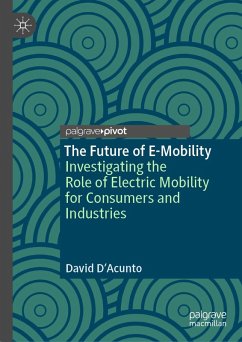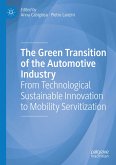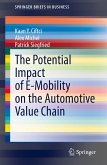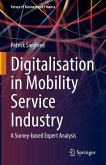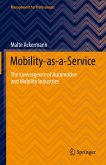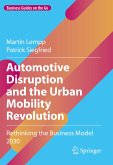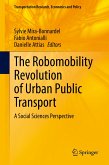E-mobility is the future. Its development and consumer adoption are strongly contributing to several of the UN's Sustainable Development Goals, playing a huge role in the shift from linear to circular economies. Providing extensive insight into this dynamic, the book reviews extant management and marketing research describing the E-mobility state-of-the-art literature from a twofold perspective; industries and consumers. Industries must consider the benefits and drawbacks related to E-mobility implementation in their business models and strategies, including the communication (online and offline) to stakeholders of such advancements. Meanwhile, consumers experience different perceptions and motivations including barriers related to the adoption of E-mobility, leading in turn to different behaviors across generational cohorts (e.g. Gen Z and Gen Alpha versus Millennials). Offering an empirical analysis based on a consumer survey, this book sheds light on all these aspects, thus giving useful insights to academics, marketers and policy makers into the challenges facing consumers in their E-mobility adoption.
David D'Acunto is an Assistant Professor of Marketing at the Department of Management, University of Verona, Italy. His research interests include digital marketing, eWOM in the service industry, sustainability, circular economy, and consumer behavior. He teaches marketing management and logistics (undergraduate) and strategic marketing (postgraduate).
His research has been published in Psychology & Marketing, Tourism Management, Journal of Sustainable Tourism, International Journal of Hospitality Management and International Journal of Contemporary Hospitality Management.
Dieser Download kann aus rechtlichen Gründen nur mit Rechnungsadresse in A, B, BG, CY, CZ, D, DK, EW, E, FIN, F, GR, HR, H, IRL, I, LT, L, LR, M, NL, PL, P, R, S, SLO, SK ausgeliefert werden.

